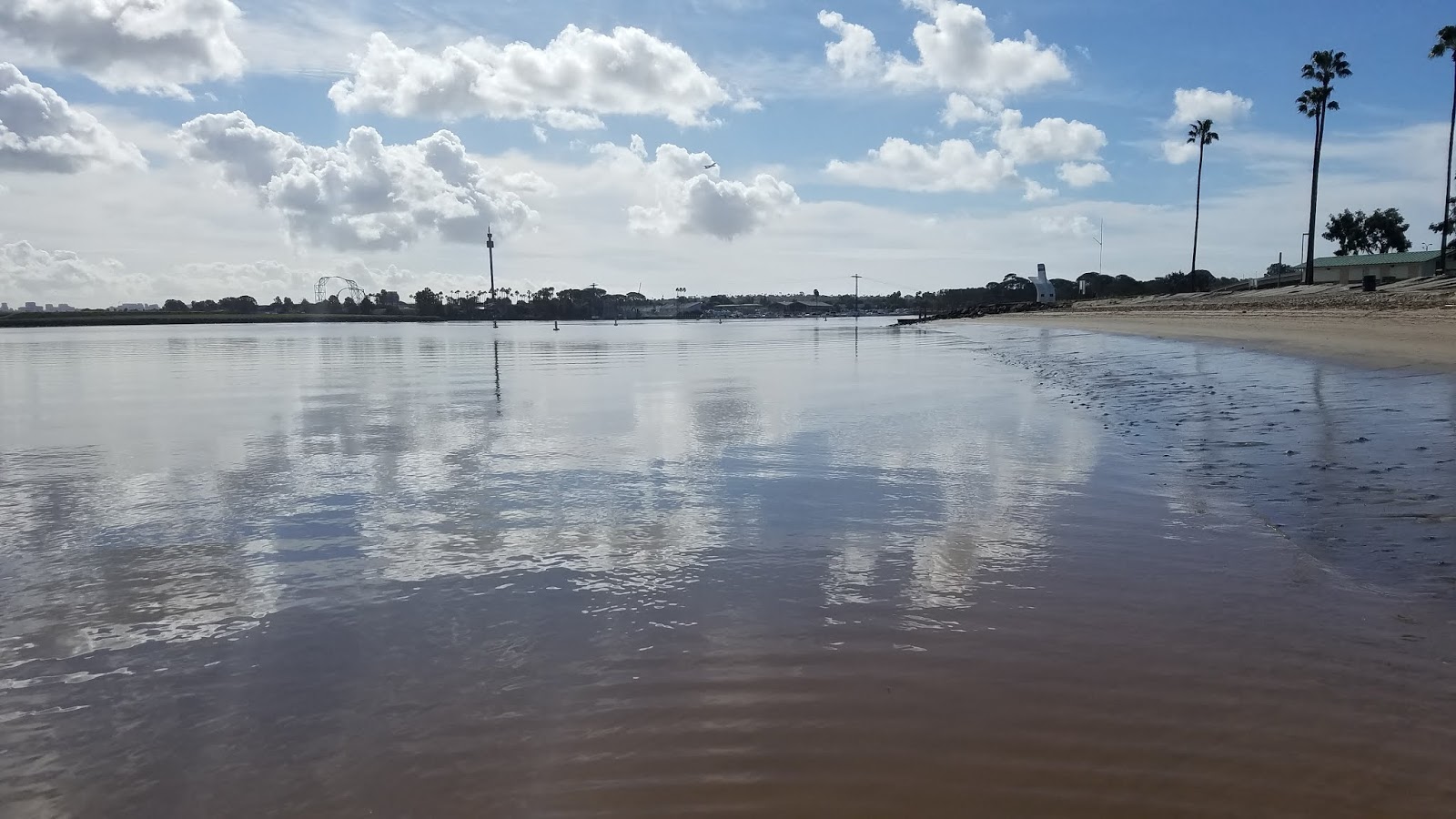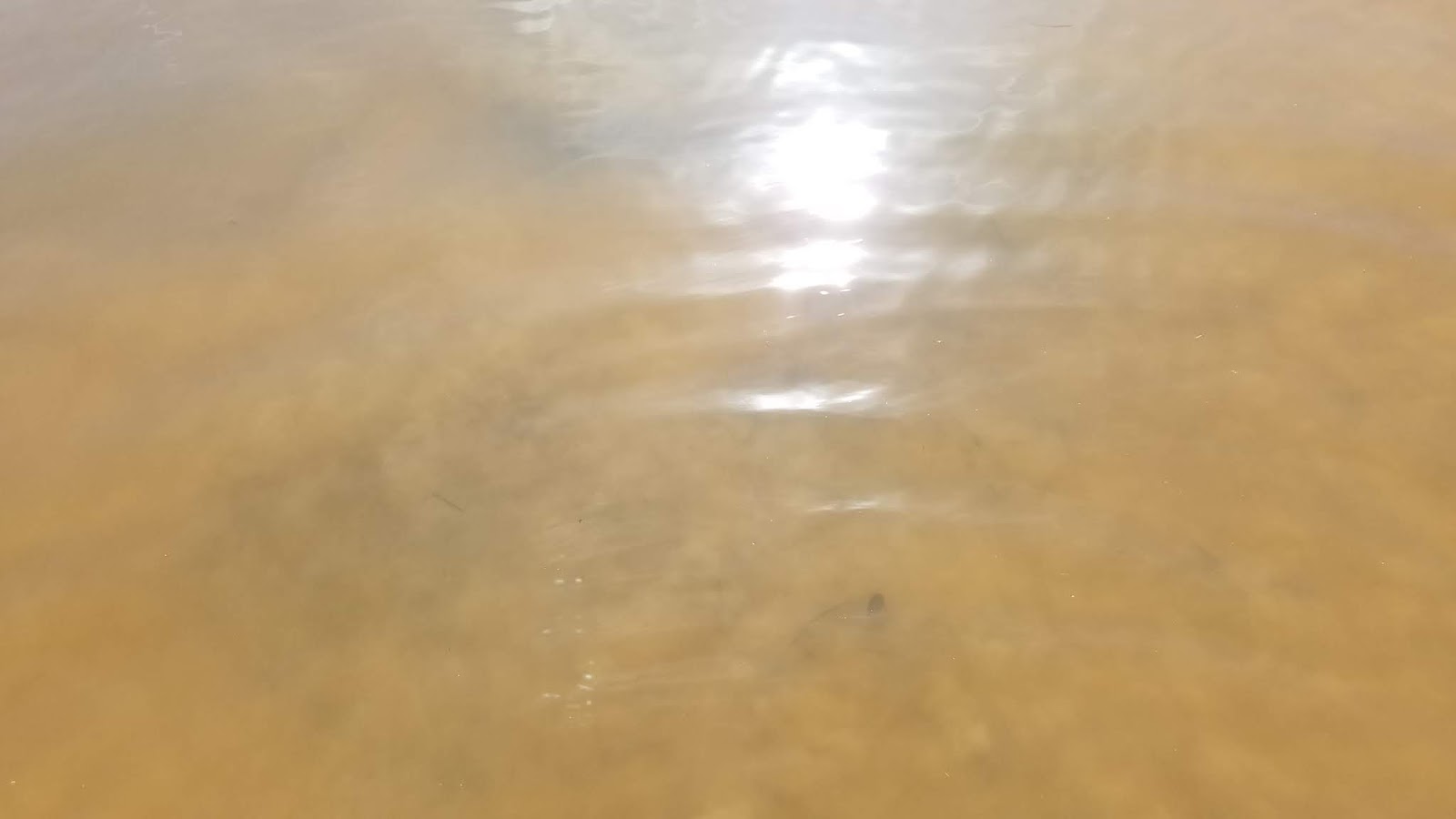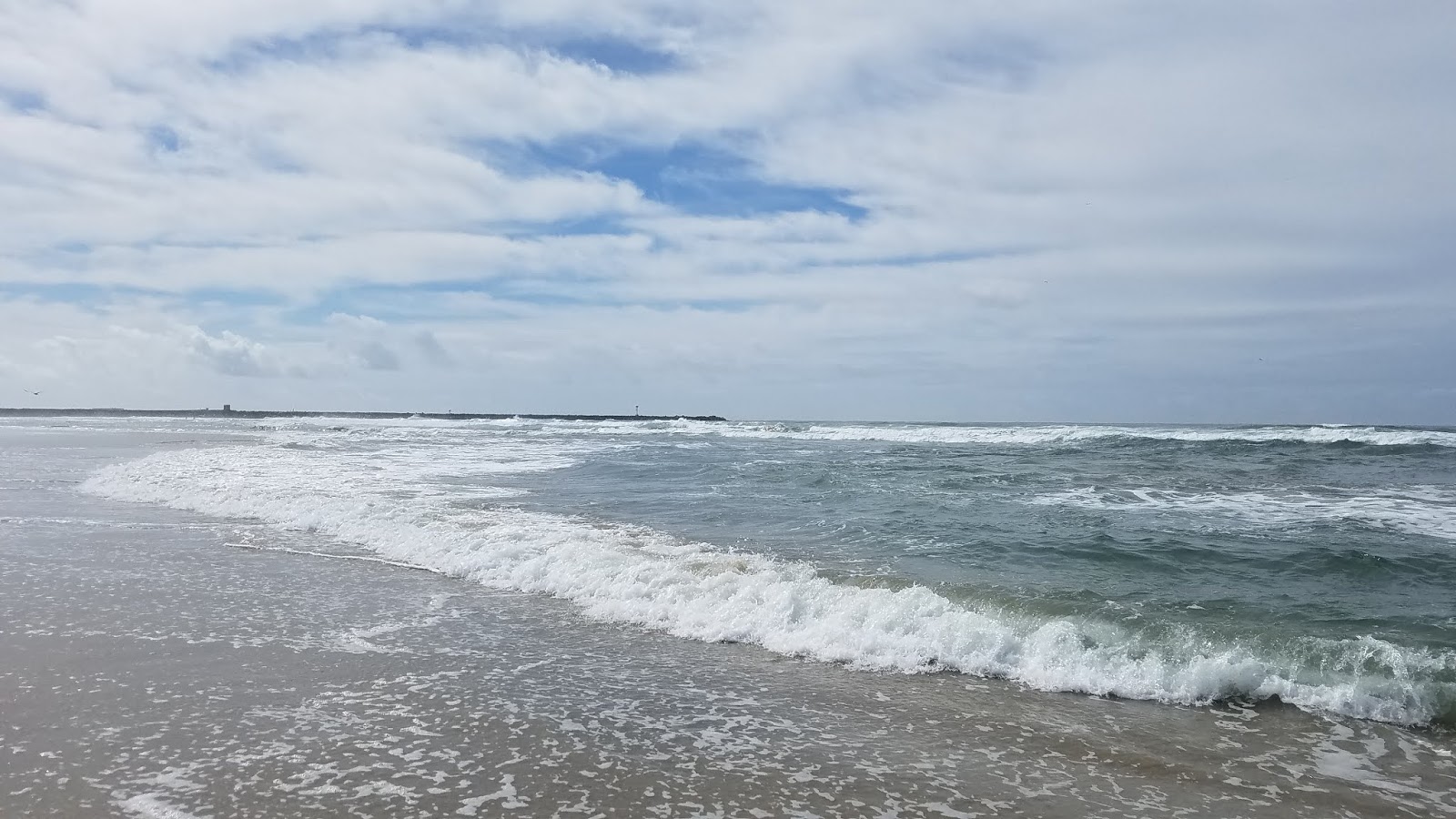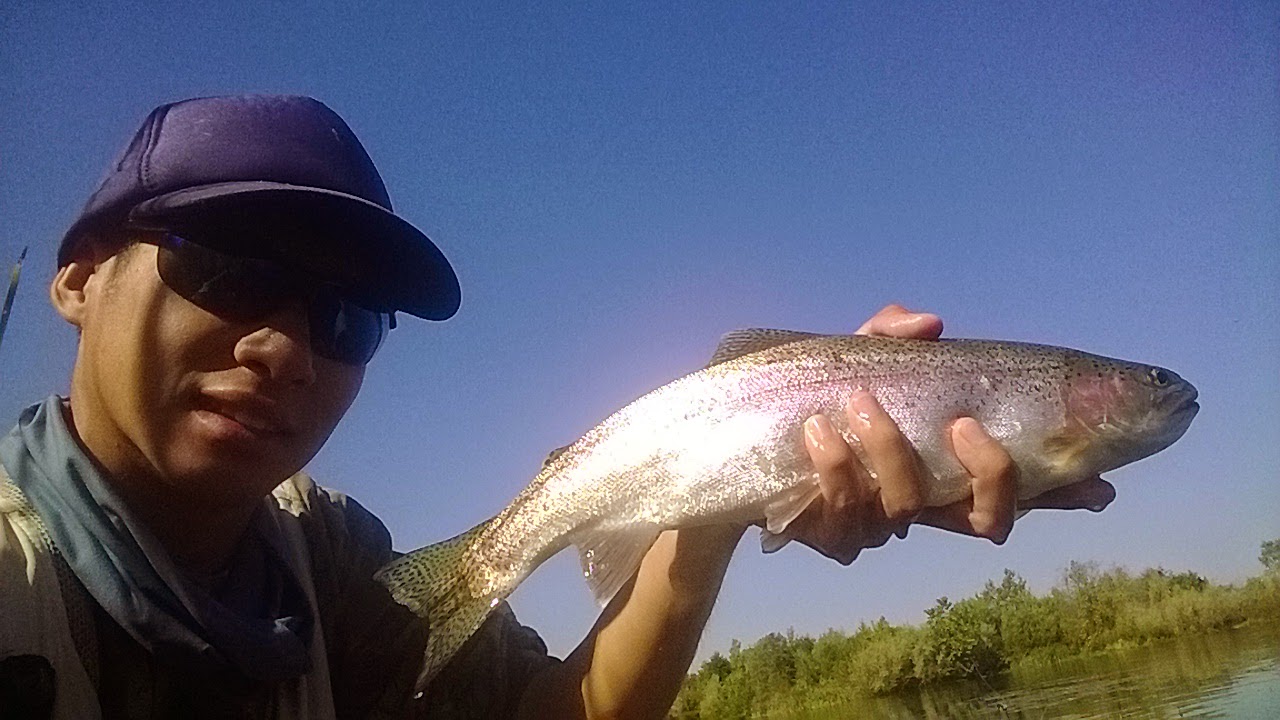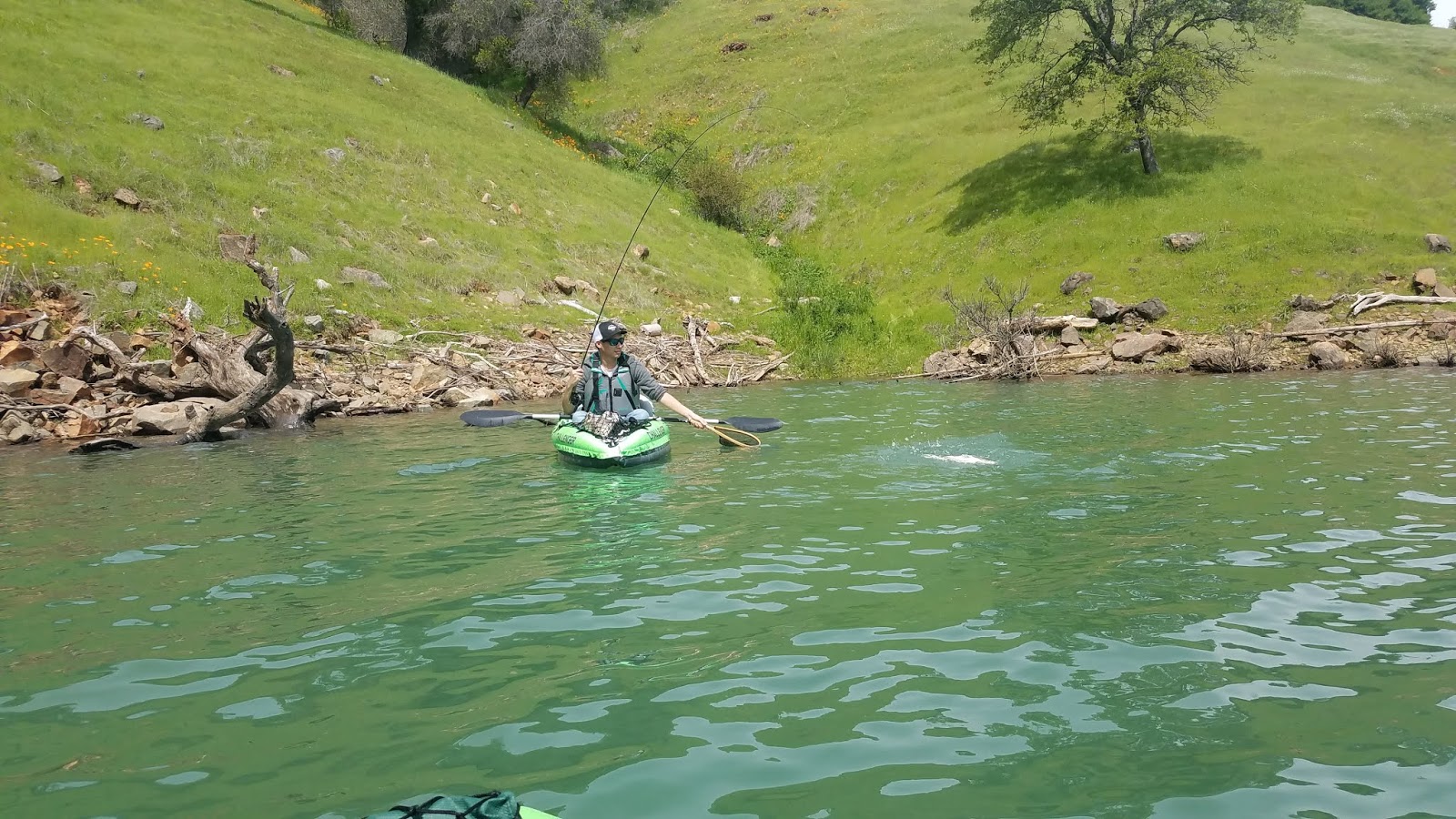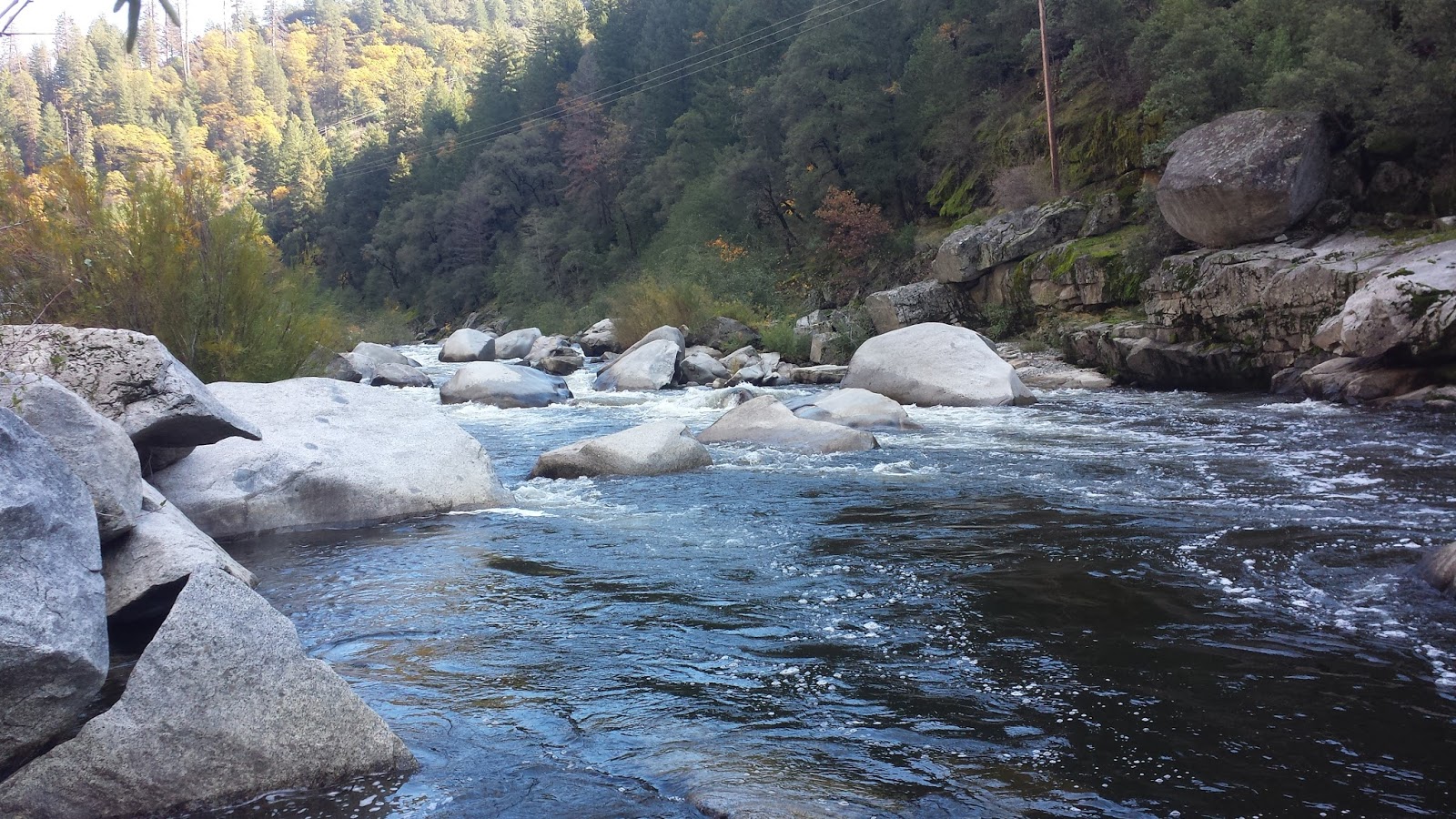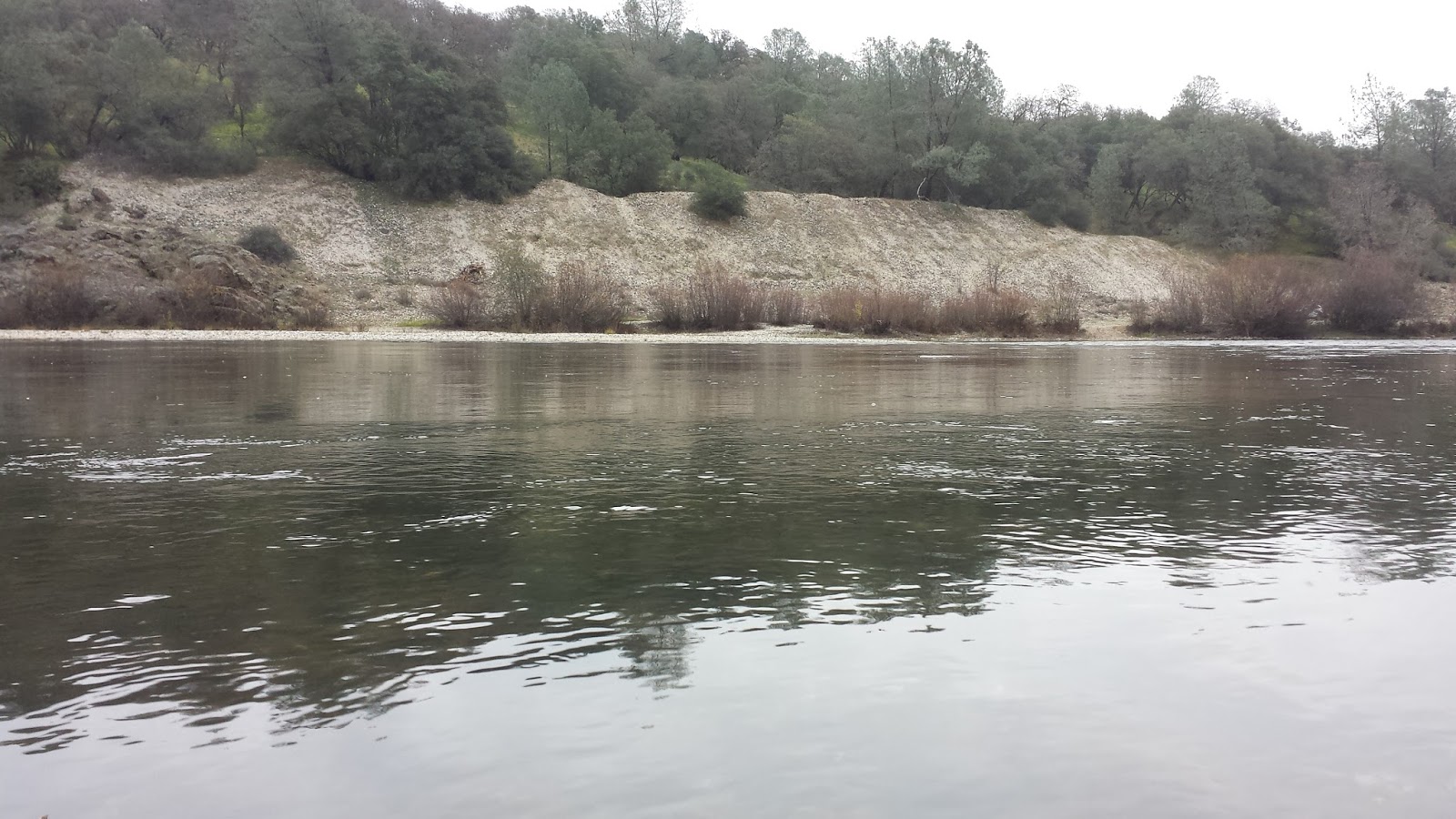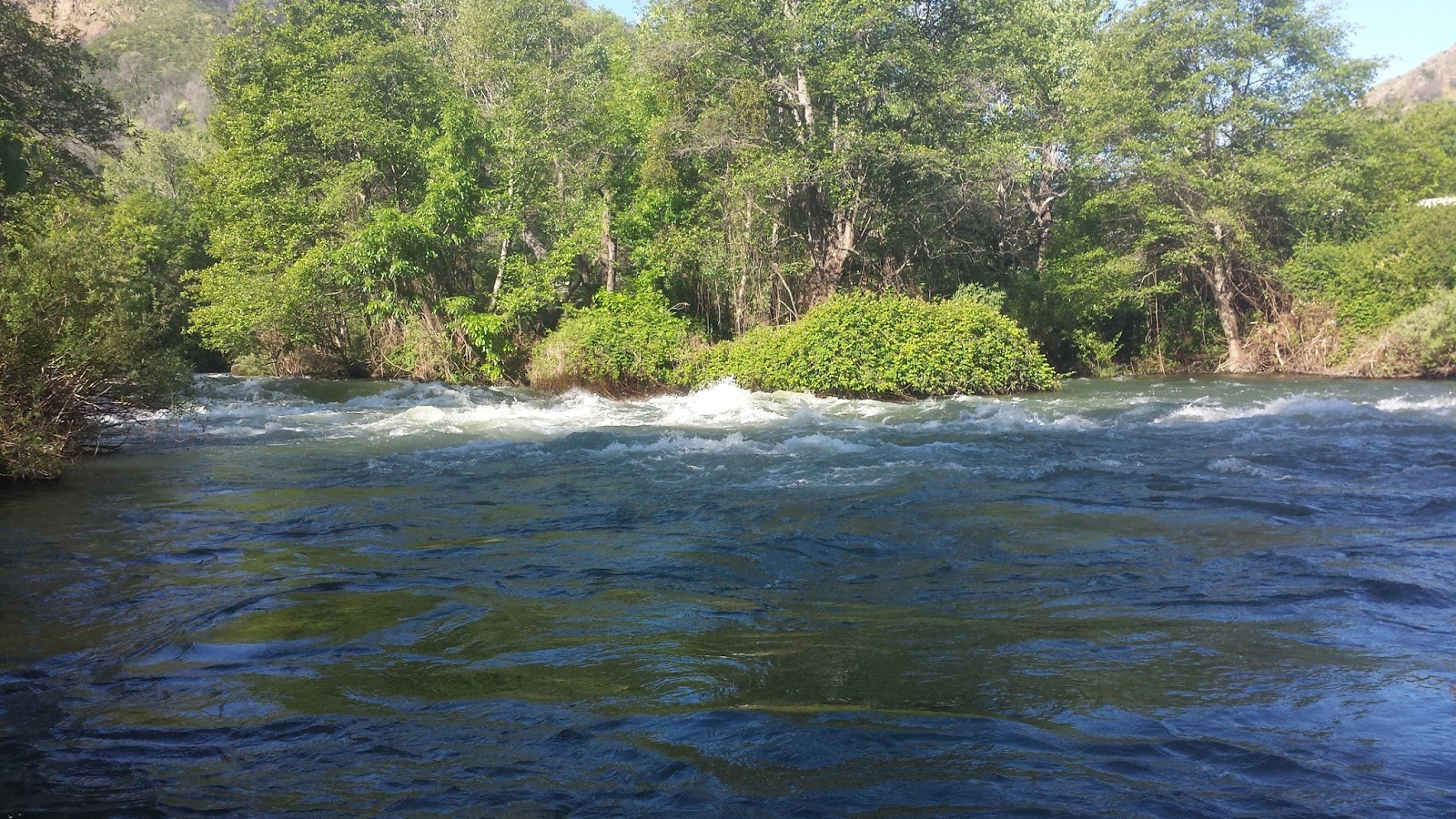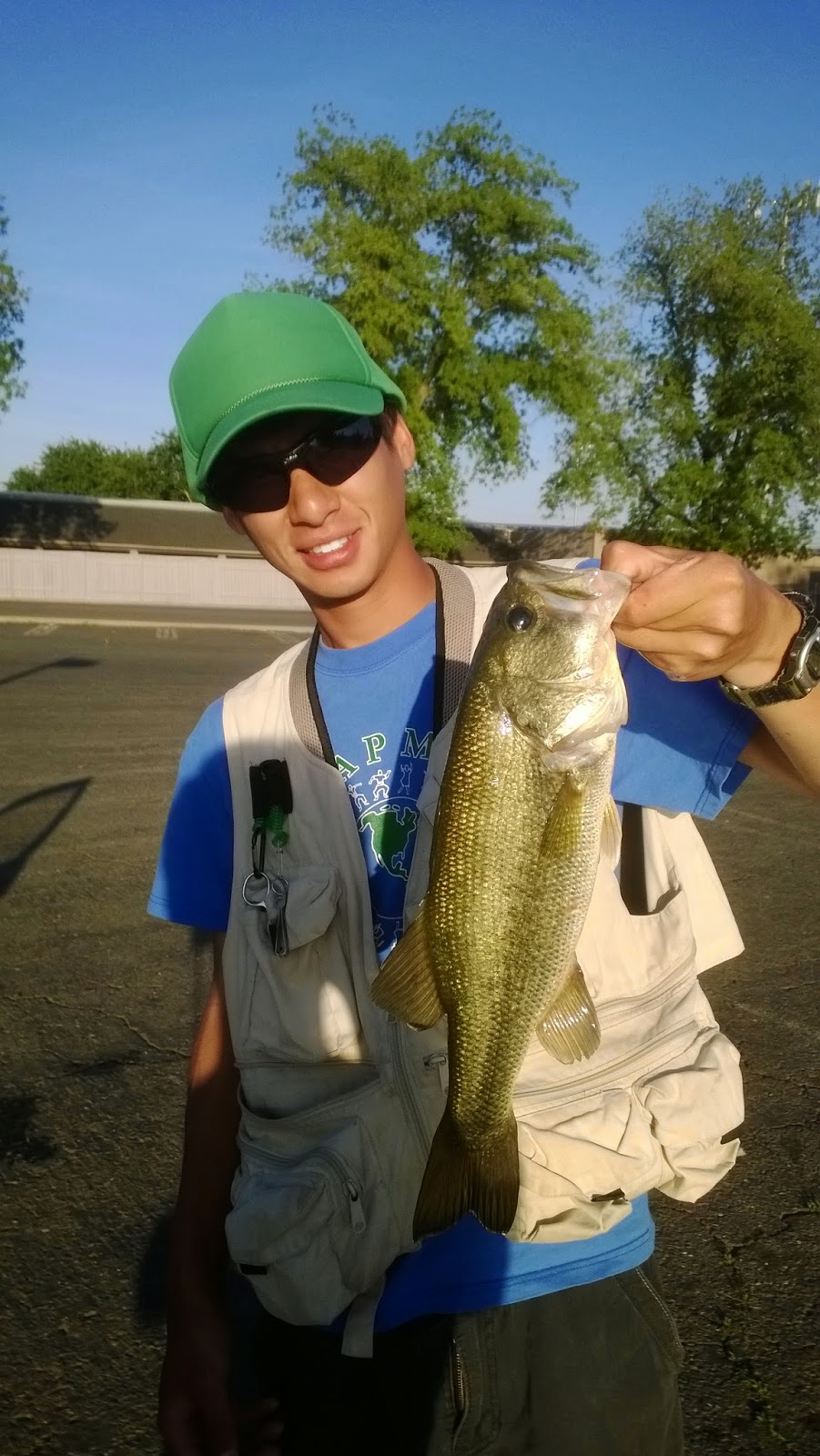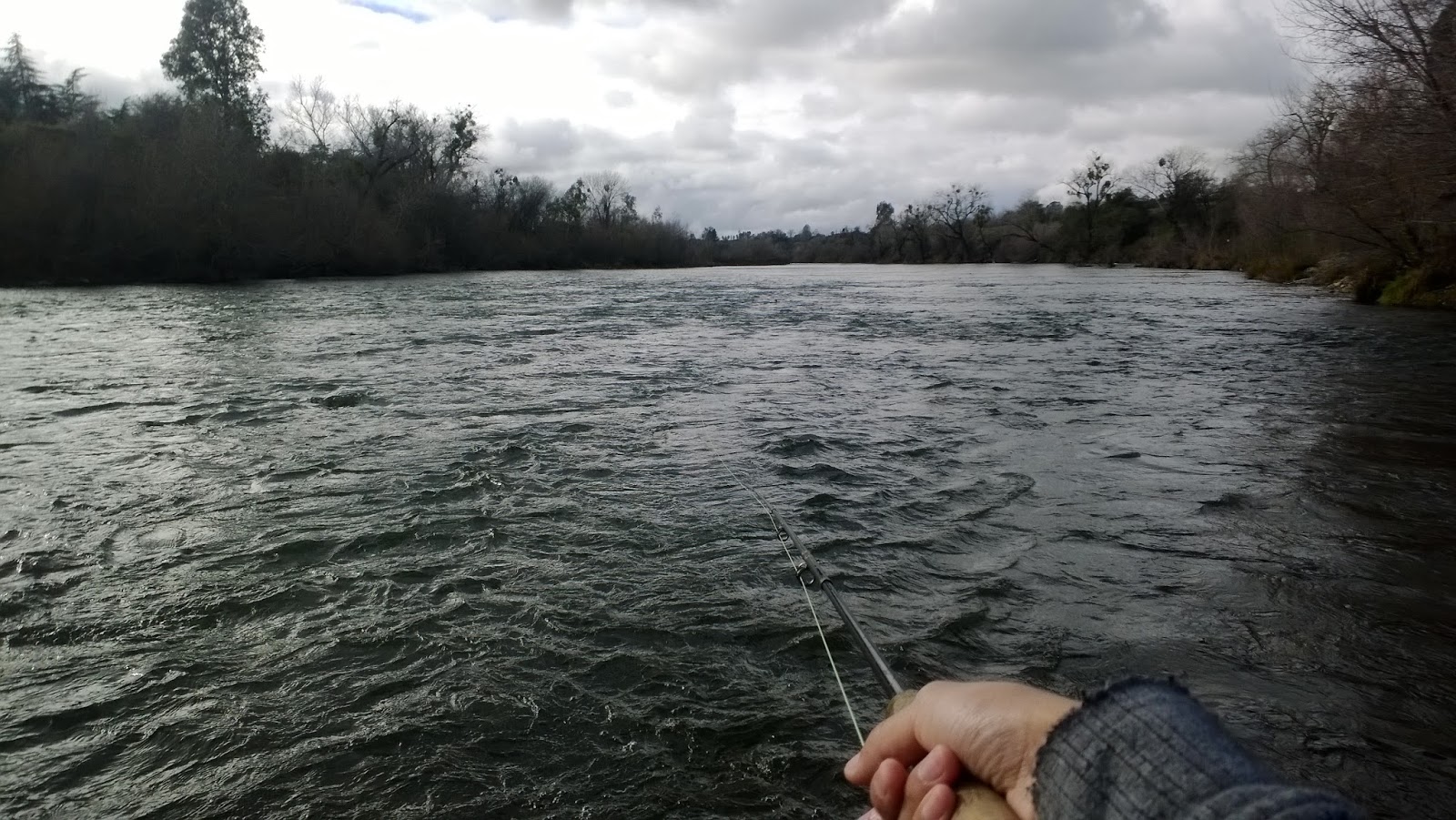
Fly fishing saltwater is one of the most unique experiences a fly angler can have on a fly rod. Similar to the different types of freshwater that can be fished such as lakes, rivers, and creeks, saltwater can be anything from the surf, lagoons, flats, and more. Of all the water that exists on Earth 97% of it is saltwater and 3% is freshwater therefore learning how to fish the salt is a good idea to make sure your rod is always bent.
Most of my experience fishing saltwater is along the Northern California coastline. The species that fly anglers target up here are striped bass, halibut, and surf perch. The water is colder and the swells are stronger making it a tough but rewarding fishery.
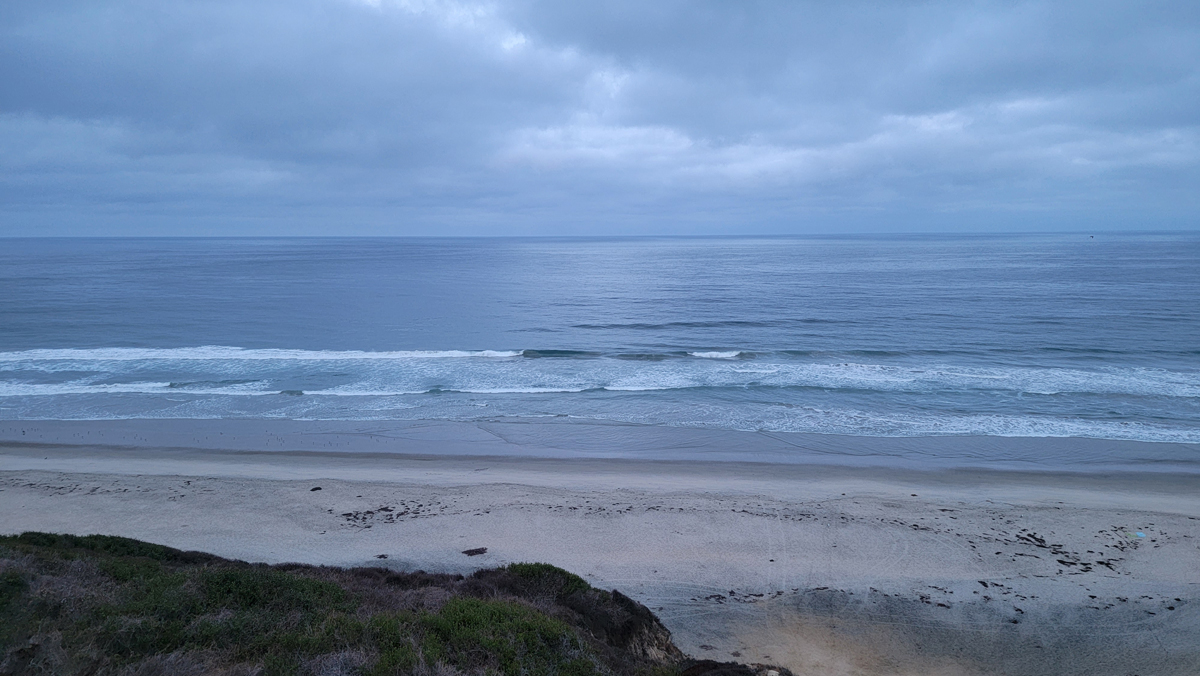
It’s amazing how much the coastal fishery changes as you head south. The fishery for Southern California begins below Point Conception and is home to many different species such as corbina, croaker, spotted bay bass, and calico bass. The water is much warmer and the swells are calmer often making the ocean look more like a lake. I’ve only had one opportunity to fish Southern California since I’ve started fly fishing and unfortunately the conditions were less than ideal. Note to self, fly fishing San Diego in February is not a good idea.
This summer I finally had the opportunity to fish the San Diego area again but this time during the peak of the fishing season. Water temperatures have a significant affect on this fishery and I’ve read that things really don’t get fishy until April when the water temperatures start warming up. My uncle who lives in San Diego and frequents the ocean tells me that the fishing season is typically from April to about October/November.
This visit to San Diego was primarily to go the Safari Park, SeaWorld, and visit family so I didn’t get to spend a whole lot of time on the water with my fly rod. Out of the four days we were there I probably had about six hours of fishing time.
I spent one of those six hours fishing Mission Bay mid-morning on a rising tide. The water was incredibly warm at about 70 degrees and I was hopeful that this visit would be different than the last. I fished Crown Point Park and covered water walking south towards the bridge. I was using my Orvis Frequently Flyer 6WT with a full sinking line and a chartreuse clouser. In hindsight I should have brought a floating line with a few versileaders or an intermediate line to avoid snagging on the eel grass. I like to have my flies in the bite zone for as long as I can however due to my fly line sinking too fast I had to modify fly presentation with a faster retrieve.
Out on the bay I observed what I believe were bonitos crashing bait and stingrays combing the shallows. The tide movement was noticeable as I made my way around the shoreline. It wasn’t too long until I got my first hookup and landed my first spotted bay bass. These fish on the end of a fly line appear to hit like a snag and like to sit where they are until you strip them in. I caught two more fish within the hour and felt satisfied for finally figuring something out.
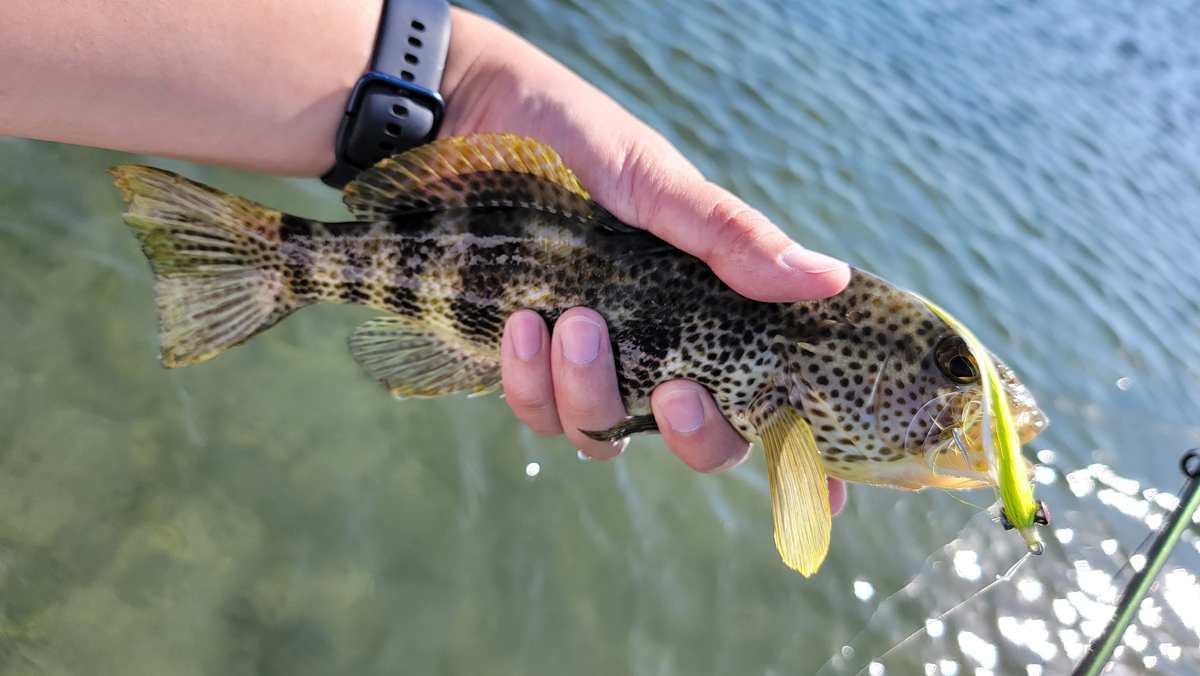
The following morning I made my way down to Black’s Beach to try my luck for corbina. I started the day before sunrise at the bottom of the tide and fished an incoming tide. The conditions I fished weren’t the greatest due to heavy morning overcast and bigger swells due to an incoming stormfront. I walked a ways north of the beach to avoid fishing in the marine protected area and fished a few decent holes and rips along the way. Jacob at the Fly Stop recommended fishing an orange Merkins pattern to imitate the local sandcrabs. As the sun began to brighten up the morning I was able to observe all the creatures that were in the surf. The most abundant species I saw were stingrays that would slowly hover the shallows scavenging for food. I also saw guitarfish that ranged from a foot to at least three feet. It wasn’t long until I spotted the most prized fly fishing surf species of Southern California the gray ghosts themselves, the California corbina.
Having no experience targeting this species before I imagined them to be similar to bonefish. One of the factors that complicated my approach to targeting corbina was that they were surf fish and not flats fish. I didn’t know what kind of water or structure I needed to be in order to find a fish that would eat. Most of the corbina I saw were cruising parallel to the beach with the exception of ones riding the surf back and ones that I spooked. I was blindsided to learn how incredibly spooky corbina were. It makes sense why they’re so spooky due to feeding in super skinny water but I was not prepared to engage super stealth mode. I spotted several fish throughout my time on the surf that day however none of them were interested in my presentation. I did manage to snag and bring in a guitarfish.
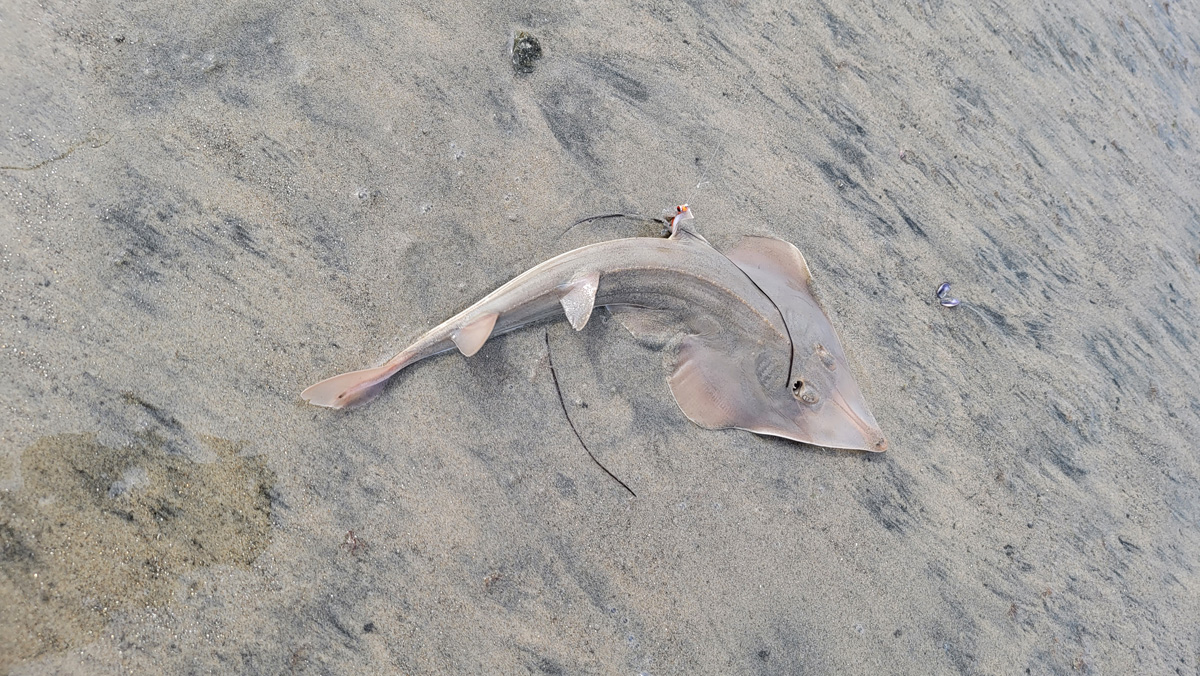
One of the most important things I learned about the California corbina is that it isn’t an easy fish to target. One does not simply go out to fish for corbina and catch one. It looks like I’ll need to put some more time on the water in efforts to land my first. My approach for the next time will be walking the beaches more, finding sandcrab beds, and looking for fish that are feeding. I also purchased a copy of A Corbina Dairies from local fly angler Al Quattrocchi to learn more about their behavior and patterns. It may be awhile before I can get back down to the SoCal surf but when the time comes I’ll be more than prepared.
